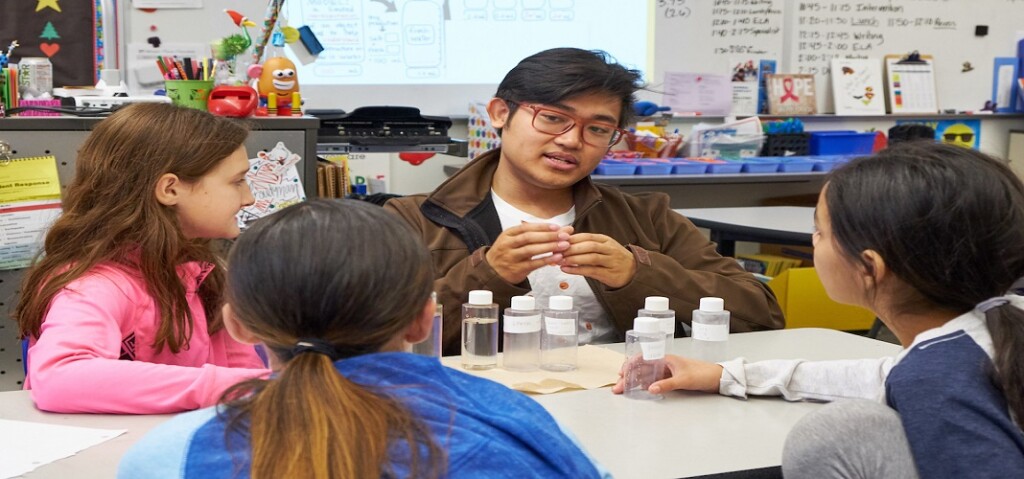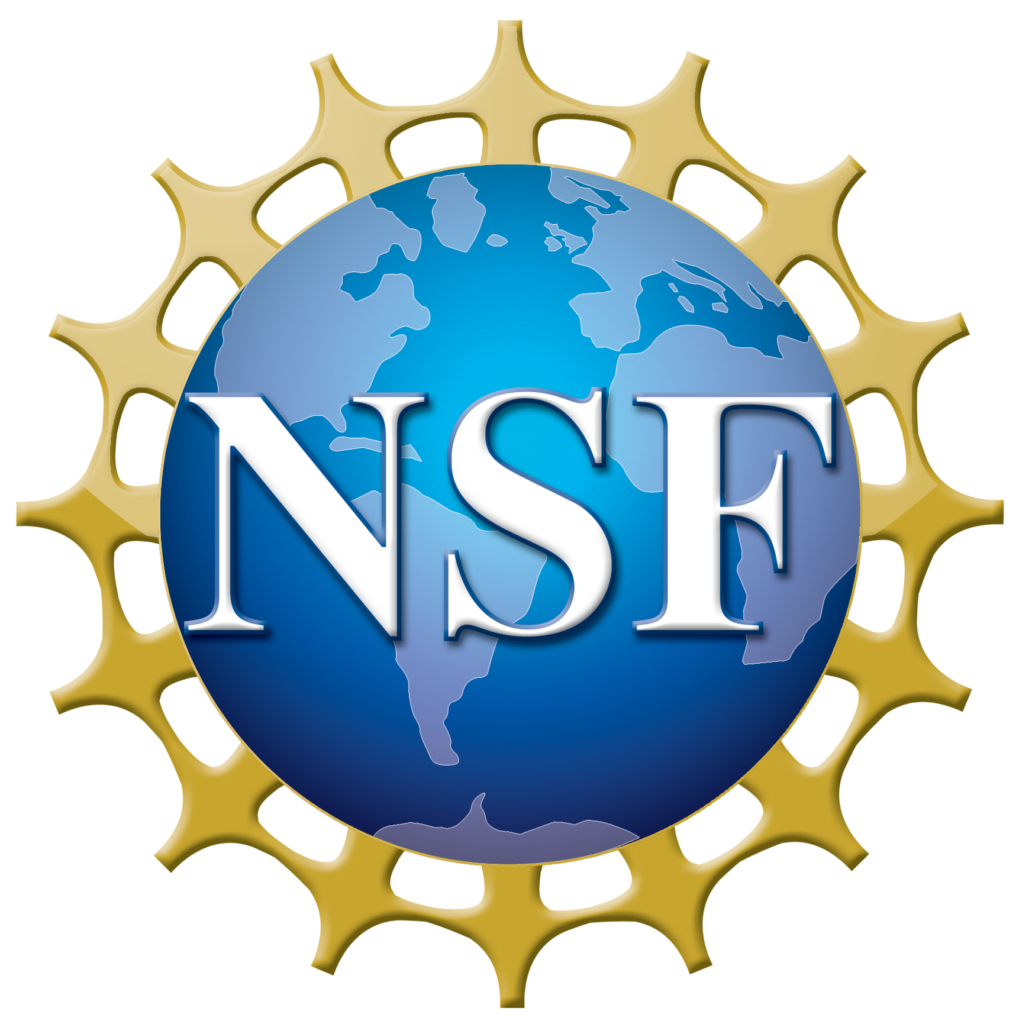
CS-STEM Teacher Candidate
STEM majors who have earned a Bachelor’s degree in a STEM discipline or who are in their final year of their undergraduate program and who are interested in pursuing a teaching career in middle school or high school are encouraged to apply to be a CS-STEM Teacher Candidate. This program is open to students who have earned their Bachelor’s degree at PLU or at a different institution.
CS-STEM Teacher Candidates are provided with:
- Placement in classrooms with expert STEM teachers during their time in the PLU Masters in Education (MAE) program
- Support in developing their abilities to teach in culturally sustaining ways through monthly CS-STEM Seminars
- Access to materials in the PLU STEM Resource Library
- Induction support for their first two years of teaching after graduation
- A forgivable loan of up to $21,700 for the PLU MAE program

CS-STEM Teacher Candidates are committed to:
- Teaching science or mathematics in a middle school or high school in a high-need school district for 2 years after completion of the Masters program
- Educating all of their students
- Learning to teach in culturally sustaining ways
- Being a member of a cohort
To Apply:
Submit a completed application to study in the PLU MAE program and complete the CS-STEM Teacher Candidate Application using the link below. Candidates will have an interview. Those selected as CS-STEM Teacher Candidates will sign a promissory note.
The CS-STEM Teacher Candidate Application is due by March 3, 2025.
Eligibility
Applicants must have earned a Bachelor’s Degree in a STEM field or plan to complete their degree this academic year. Applicants must also earn a Master’s Degree through the PLU MAE program with a science or mathematics endorsement. Applicants must be US citizens or nationals, or permanent residents.

Funding for this project is provided by the National Science Foundation Grant No. 1950106
Any opinions, findings and conclusions or recommendations expressed in this material are those of the authors and do not necessarily reflect the views of the National Science Foundation.



Social Media